In a futuristic twist on DIY, trailblazing companies are handing the power to the people and transforming the way they design, manufacture and deliver furniture and accessories.
From the time you order it, 12 to 16 weeks is the standard period (at best) an Australian consumer can expect to wait for a piece of high-end European furniture.
Frustrating yet inevitable when you are part of a supply chain that might see a Dutch-designed chair built in Italy from British oak, transported 16,500 kilometres to an Australian dock, trucked to a warehouse and eventually delivered to your door.
A new scenario is predicted: design via download – digitalised design, fabrication and even delivery. Pixels are transformed to three-dimensional objects via online programs that generate digital blueprints. Consumers view a product online, use software to choose materials and customise the design to suit their requirements.
The item will then emerge from home digital-fabrication machines, such as 3D printers or laser cutting machines, as a finished object or with instructions for self-assembly. For those not into DIY, the blueprints can be sent to a nearby manufacturer – a large industrial factory or, perhaps, a neighbour’s garage – where the object will be produced, ideally in local materials.
Online companies are already bringing this model into practice. Recent developments have seen manufacturing tools that once cost hundreds of thousands of dollars become more accessible. Trailblazing company Shapeways, based in New York and Eindhoven, provides international access to high-quality, low-cost digital fabrication tools.
Designers upload digital files of their work to Shapeways to order for themselves or to showcase to consumers via the platform’s thriving marketplace. Completed designs are then ordered on the site and printed with 3D printers in one of Shapeways’ fabrication labs (FabLabs), located in Europe and the United States with expansion into Australia and Asia to follow, in a diverse range of materials, including nylon, plastic, sterling silver, stainless steel, and even glass and ceramics. Global delivery is expected within 10 working days.
For designers, there is the promise of almost unbridled creativity: they can work without financial risks, having no need to invest in manufacture or holding stock. While domestic ownership of digital fabrication machines is not yet common, it’s only a matter of time before 3D printers make the transition from lab and factory floor to desktop.
Without computer-modelling or other niche skills, it’s already possible for people to get involved in the design process using software on the Shapeways site. Alternatively, a Co-Creator platform allows consumer customisation of designs with parameters set by the designer. It seems we’re entering an era where 1990s buzzwords such as ‘mass customisation’ and ‘collaborative creation’ become a part of the shopping experience.
Herman Verkerk, co-director of EventArchitectuur, is one designer who embraces the creative potential of an open design process. “Nearly all downloadable design is about democratisation and is based on the recognition that design is always about teamwork. From the start of my career, I’ve been aware it is always the customer who finishes the product,” he says.
EventArchitectuur is one of two studios whose philosophy of openness led to its being enlisted to design products for Make Me, a new online platform for downloadable design devised by Dutch design company Droog.
While it is expected to launch before the end of 2011, the company decided to exhibit initial outcomes of the project during April’s Milan Design Week. The exhibition Design For Downloadshowcased furniture and accessories developed by EventArchitectuur and fellow project participants Minale-Maeda that will be available on the platform.
The exhibition demonstrated Droog’s philosophy that downloadable design doesn’t devalue the role of designers and the emphasis on curation doesn’t put the brakes on user interactivity or opportunities for collaboration. “As design becomes more democratic, the design of the tools becomes the critical thing and the role of the designer doesn’t diminish; it just changes,” explains Droog’s Agata Jaworska.
“The design of tools is just as controlled as the design of a complete product; you have to design a certain amount of freedom and hand over a certain amount. It really is a very heavily designed system.”
While there are concerns about intellectual property risks on other websites, in the Make Me model it is the interactive interfaces rather than the blueprints that are valuable. The studios collaborated with Studio:Ludens – product designers turned interface programmers – to develop programs with internal parameters that control the extent to which consumers can engage and modify a template.
“We do not have control over the final look but we do control the spatial aesthetics – how an object relates to a room. We don’t say anything about materials or colouring – that should be left to the customer,” explains Verkerk.
While easy to use and superficially simple, the programs conceal dynamic rules that automatically resolve potential structural or design issues. This is where the value of design expertise is revealed, as the designers test the tools to resolve potential problems in their designs for download and prevent the possibility for a design to be modified to the point of dysfunction or where it becomes impossible to produce.
Says Jaworska, “There is a lot of work being done to bring people into the design process and have outcomes that are satisfactory for the user and the designer. We want to make the process fun for the user and not frustrating because, really, solving design problems from scratch is quite difficult. You are designing in a window of opportunity for users to interact and experience a real feeling of creativity.”
This story was first published as 'Complete Fabrication' within Vogue Living Sept/Oct 2011. Download a PDF of the original story. Photograph courtesy of Eventarchitectuur.



